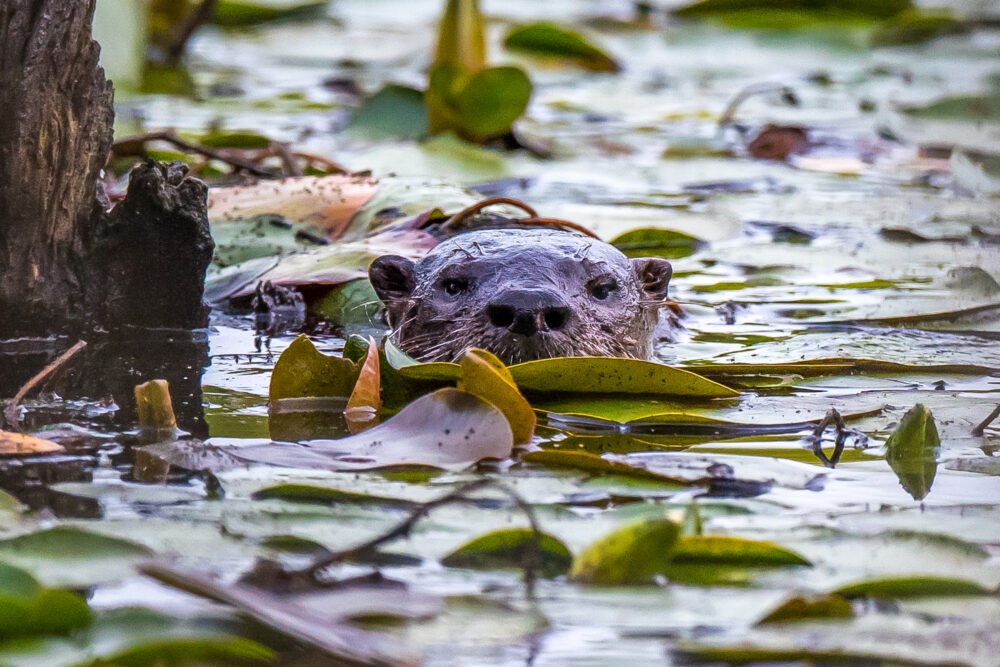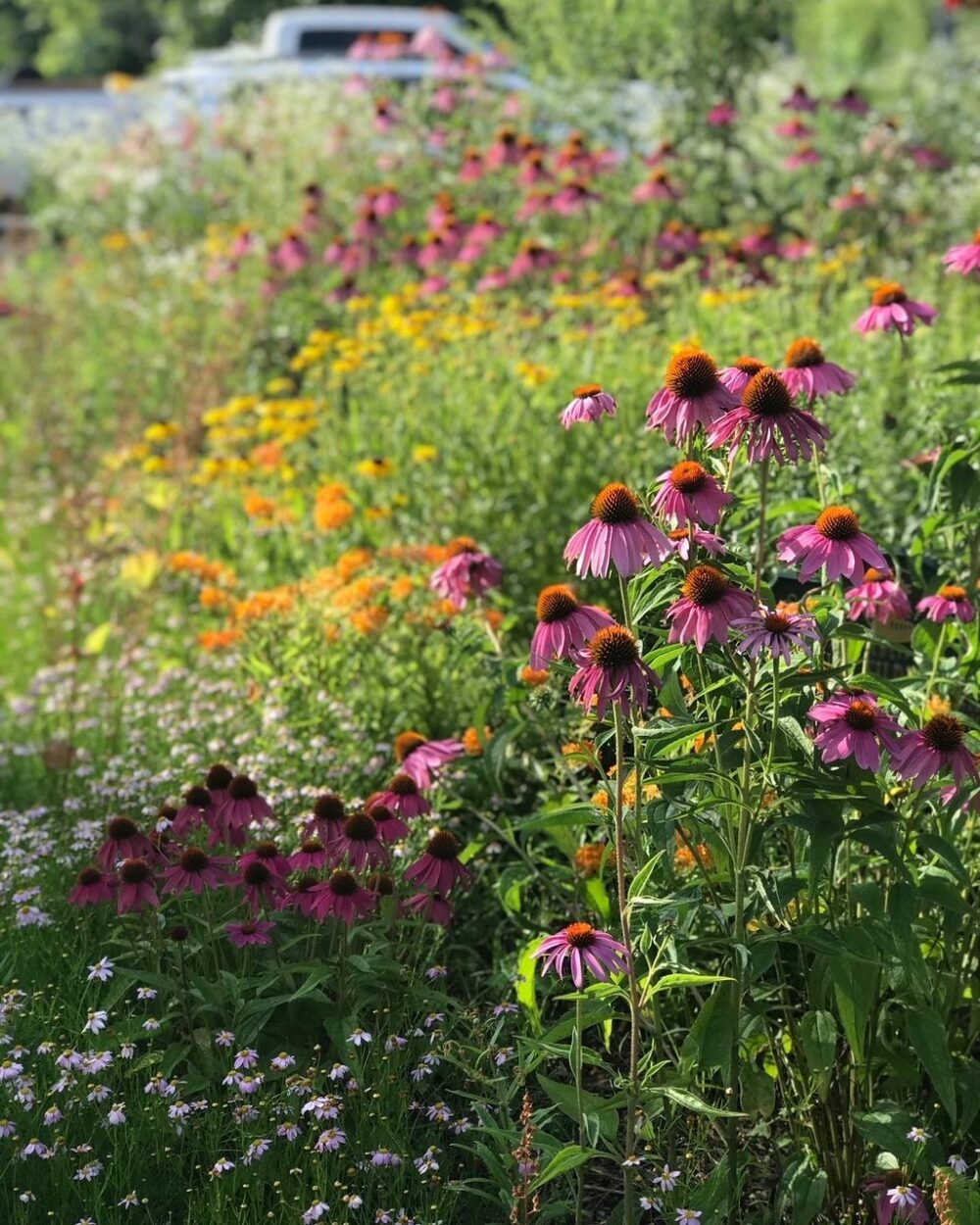We have much more to do and your continued support is needed now more than ever.
Native Plant Challenge: Calling All Cities to Plant Native

When cities and communities consider what trees, shrubs and flowers to plant in parks, streetscapes and city landscapes, they primarily think about:
- Budget
- Beauty
- Low-Maintenance
- Fast Growth
Today, however, more and more communities are planting with a purpose: to help disappearing monarch butterflies, bees, songbirds and other wildlife and to reconnect their cities to the local ecosystem. These efforts are more important than ever in the U.S. as we work to combat the extinction crisis.
These three policy changes at the local level can transform urban and suburban landscapes to create meaningful habitat for wildlife.
1. Pass Native Plant Ordinances:
Wildlife relies on native plant communities for habitat. Cities, counties and homeowners associations have control over what plants are installed in building landscaping, parks, medians and other common areas. In large communities, this can add up to thousands or even tens of thousands of acres of potential habitat. Passing ordinances that require the use of native plants can make a big difference for wildlife.
In 2018, the County Executives for both Westchester County, NY and New Castle, DE, signed executive orders mandating that all county parks and landscaping around county buildings include 100% native plants—a huge win for wildlife! The Westchester County executive order also promotes education and outreach through demonstration gardens and partnerships. And in nearby Pennsylvania, The Township of Lower Makefield, passed an amendment to the Subdivision and Land Development provisions mandating 100 percent use of native plants used in new developments.

2. Update Weed and Vegetation Control Ordinances:
Most cities and counties have rules in place to ensure homeowners and businesses maintain their landscapes and do not create a nuisance or hazard to neighbors or the community. These ordinances are typically designed to enforce a conventional landscape aesthetic of close-cropped lawn and ornamental plantings that unfortunately provide no wildlife habitat. Citizens that wish to use native plants to create a pollinator meadow or prairie patch often face city laws that prevent them from growing plants above 8 or 10 inches—even wildflowers. This is a big problem for anyone planting milkweed for the monarch butterfly since most species of milkweed will grow 2-6 feet tall.
The City of Minneapolis has an excellent model that supports wildlife-friendly landscaping while also ensuring public safety. Minneapolis residents can plant a prairie habitat, but it must be “planned, intentional and maintained,” devoid of noxious weeds and not create a safety hazard (i.e. blocking lines of site on roadways). The City of Austin, TX weed ordinance originally required that grasses and weeds more than 12 inches tall be cut down. The city later amended its landscape ordinance for yards that have been designated “Certified Wildlife Habitats” in the National Wildlife Federation’s Garden for Wildlife program, a project operated by the city’s parks department to promote neighborhood habitat.

Designate No Mow Zones:
When and how municipalities mow parks, trails, open space and other areas can make a big difference for wildlife. Creating and managing “no mow zones” in appropriate places across cities allows native plants to grow and wildlife to flourish. It also saves cities and counties (and taxpayers) money through reduced maintenance costs. The National Wildlife Federation encourages cities with no mow zones to post signage and educate the public about the benefits to both wildlife and people.
In Greeley, CO, the city works to communicate their “no mow” policy to residents by providing details about the timing of mowing and which areas are on reduced mowing schedules. Pinellas County in western Florida created a video to explain their “no mow” policy to the public, sharing the many benefits to people and wildlife, while saving the county money each year in maintenance costs.
The National Wildlife Federation is calling on all cities to pass resolutions and ordinances to increase native plants and help address the extinction crisis. The Federation supports cities, counties, towns and neighborhoods that are seeking strategies to improve wildlife habitat on-the-ground and build support for native plants and wildlife-friendly practices through our Community Wildlife Habitat program. Learn more at www.nwf.org/community.
Like what you read? Please consider making a donation to support the Community Wildlife Habitat program and other critical conservation programs:





















